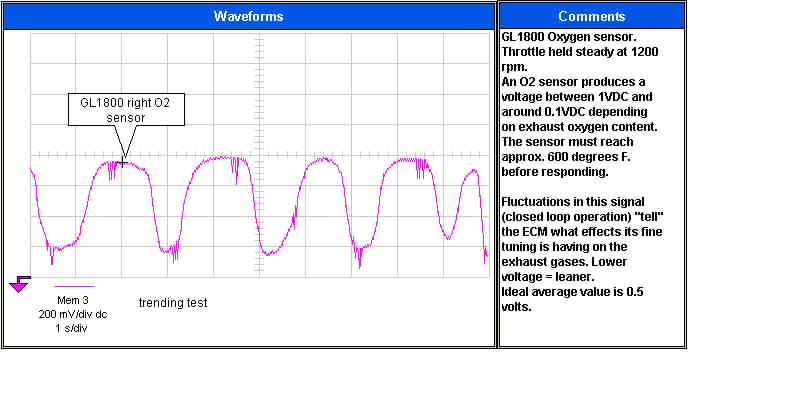bikegeezer
New member
It's a real mistake to use it in Denver or anywhere else. I know you have no reason to believe me, but here's a quick & dirty explanation for the lower octane fuels at high altitides. High octane fuels aren't denser than lower octane fuels. They burn slower than low octane fuels. They also have more resistance to detonation caused by extreme combustion chamber temperature and pressure.The Veg said:100LL in Denver sounds like a real misstake! You may recall that the pumps only go to 91 there, rather than the 93 we lowlanders get. There is a reason for that: the higher the octane, the denser the fuel. In thinner air a less-dense fuel works best.
Thinner high altitude air reduces the compression and combustion pressures in your engine's cylinders. An engine with say, 200 psi cranking compression at sea level might have perhaps 185 psi at 5,000' elevation. This pressure reduction has the effect of slowing the combustion process, causing the fuel burn to end too late on the power stroke for optimum performance. The fuel grade recommended by a vehicle manufacturer is designed to provide best power and economy by keeping pressures and temps just below the point at which knock will occur (plus a safety buffer for unusual conditions). This is why many of us find that using slower burning high octane fuels at lower elevations, in an engine designed to run on regular, actually lowers fuel mileage. Increase the altitude, and the situation worsens.
You could get around this problem by advancing the spark timing at higher altitudes to just before the point that knock begins, or the same effect can be had more conveniently by using a faster burning fuel...lower octane. The whole idea is to control combustion pressure and temperature by keeping the fuel burn end point from retarding at higher elevations. I hope I haven't been too technical. You can probably find this info and maybe some pictures on Howstuffworks.com.
As for 100 octane Low Lead aviation fuel, that stuff has five times more lead in it than any automotive fuel ever had. So it has a tendency to coat everything in the combustion chamber, including the spark plug electrodes, with lead deposits. A bike or car engine doesn't need that stuff, at least not initially. But use it long enough, and the increased compression due to the deposits will create such high pressures and temperatures that 100LL is all the engine will run on without knocking. Kind of a self-fulfilling prophecy. Also, avgas contains compounds that tend to destroy the rubber components commonly used in automotive fuel systems.
Last edited:




